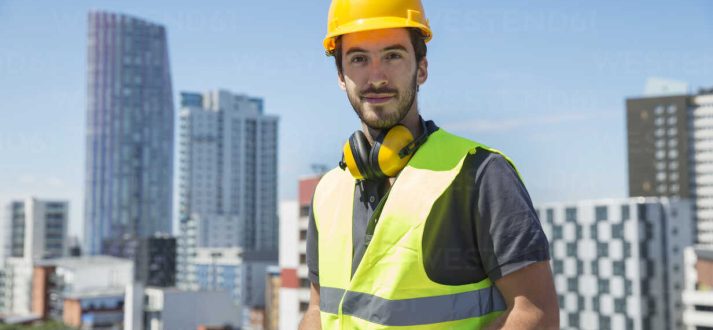The prospect of making delta-9 THC gummies at home has gained interest among cannabis enthusiasts, offering a personalized and potentially cost-effective alternative. This exploration delves into the challenges and potential benefits associated with crafting delta-9 thc edibles gummies in a home setting.
Challenges:
- Dosage Precision:
Achieving precise dosages of delta-9 THC in homemade gummies can be challenging. Without professional equipment, measuring THC concentrations accurately may lead to variations in potency, impacting the consistency of effects.
- Decarboxylation Process:
The decarboxylation process, essential for activating delta-9 THC from its acidic precursor THCA, requires careful temperature control. Inconsistent decarboxylation may result in uneven THC conversion and unpredictable effects.
- Homogeneous Mixing:
Ensuring a uniform distribution of delta-9 THC throughout the gummy mixture is crucial for consistent dosing. Inadequate mixing may lead to uneven potency, affecting the user experience.
- Temperature Sensitivity:
The gelatin or pectin used to set the gummies is temperature-sensitive. Inaccurate temperature control during the cooking process may impact the texture, stability, and overall quality of the gummies.
- Legal Considerations:
Homemade delta-9 THC gummies may pose legal challenges, especially in regions where cannabis remains illegal. Understanding and adhering to local regulations is essential to avoid legal consequences.
Potential Benefits:
- Cost Savings:
Making delta-9 THC gummies at home can be more cost-effective than purchasing pre-made products. Users have the flexibility to choose their ingredients and source cannabis products, potentially reducing overall expenses.
- Customization:
Crafting gummies at home allows for customization of flavors, shapes, and cannabinoid ratios. Users can tailor the gummies to their preferences, experimenting with different strains or incorporating additional cannabinoids for a personalized experience.
- Ingredient Control:
Homemade gummies afford control over the quality of ingredients. Users can opt for organic, natural, or specific dietary-friendly components, catering to individual health preferences and restrictions.
- Educational Experience:
The process of making delta-9 THC gummies at home can be an educational experience, deepening understanding of cannabis chemistry, infusion methods, and culinary skills. It provides an opportunity for hands-on learning and experimentation.
- Immediate Availability:
Crafting gummies at home offers the advantage of immediate availability. Users can enjoy freshly made gummies without the need for a dispensary visit, making it a convenient option for those in regions with limited access to commercial products.
Conclusion:
While making delta-9 THC edibles gummies at home presents challenges, including dosage precision and legal considerations, the potential benefits of cost savings, customization, ingredient control, and the educational experience may appeal to enthusiasts. It is crucial for individuals to approach homemade gummy production with awareness of the challenges and a commitment to responsible and legal use.



